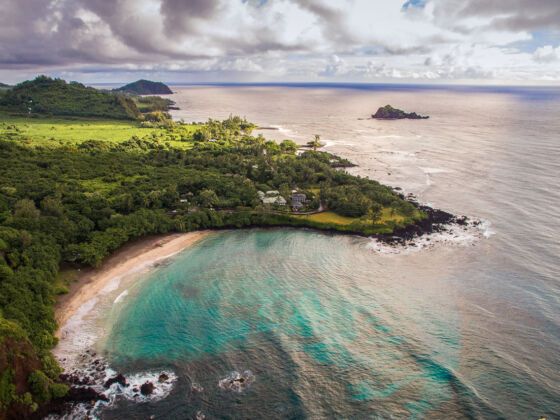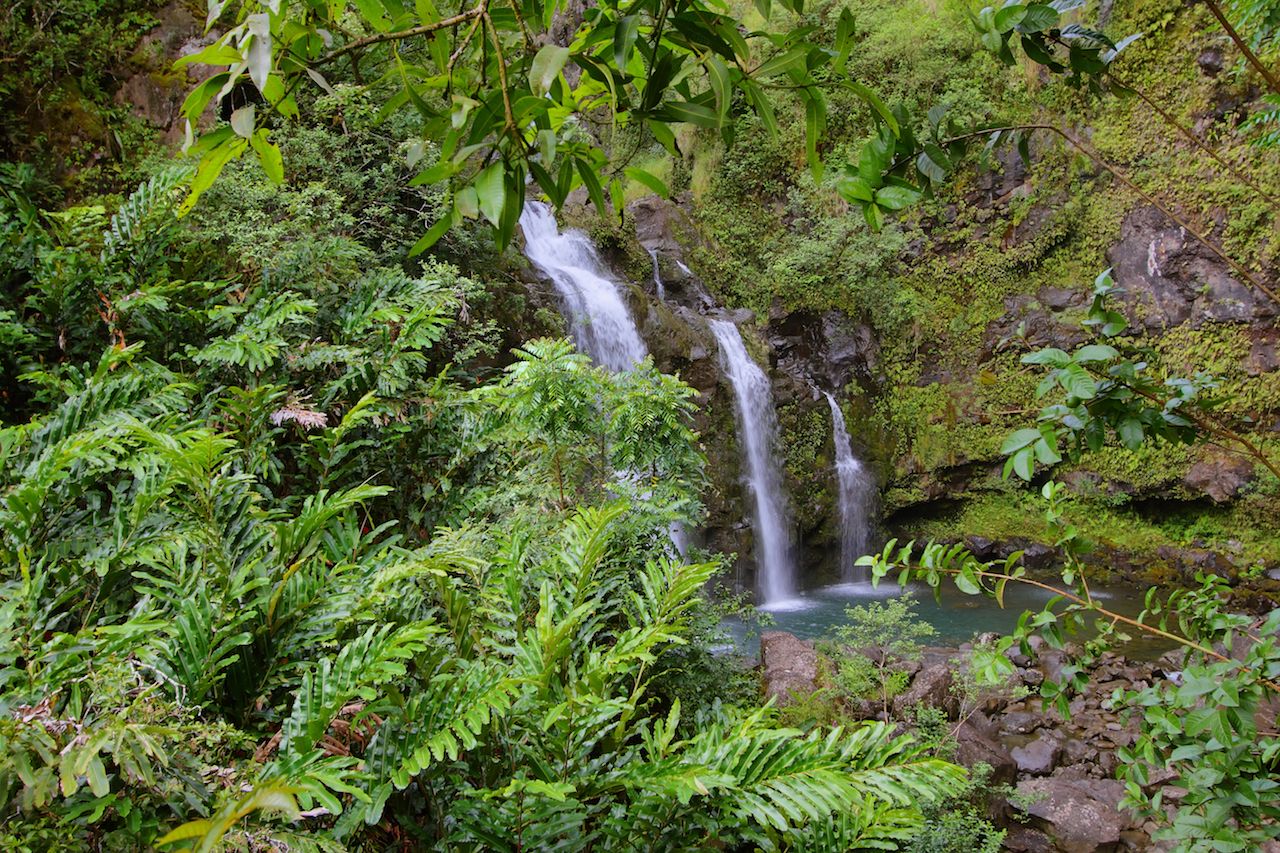With a relaxed island vibe, postcard-perfect beaches, and cascading waterfalls, the Hawaiian island of Maui draws about 2.4 million visitors per year. The vast majority of them stick to the western resort areas of Wailea, Lahaina, and Kapalua — and don’t venture further east than Haleakala National Park.
The Road to Hana takes you away from those busy resorts to one of the most secluded towns in America. Although the highway draws 1,500 or more cars per day, few travelers go all the way to Hana. That’s understandable: With its tight, fist-clenching turns and narrow passages, it’s not exactly an enjoy-the-passing-scenery type of excursion. That said, for the adventurous traveler, the drive is more than worth it. Here’s how to make it happen.




